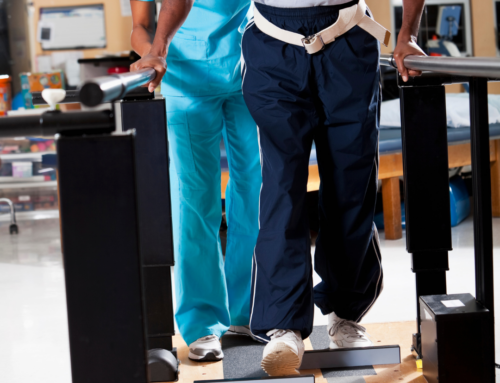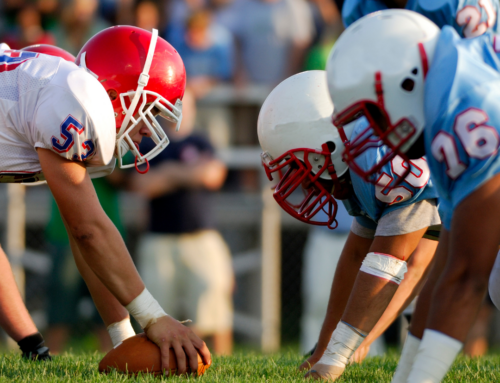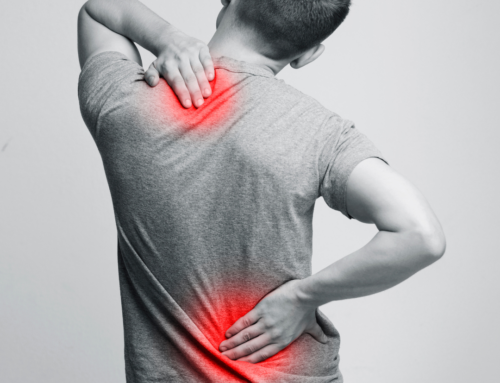 If you’re contemplating an exercise program, whether it’s walking, jogging, lifting weights or aerobics classes, it is important to realize that proper shoes are critical to support and cushion the foot and ankle properly.It is important to remember as you shop for shoes, that not every shoe is right for every foot. With a variety of shoes on the market, consumers may find it difficult to make the right individual choice for their personal needs. Proper fit and features, rather than fashion or catchy ads, should be your guidelines in selecting your exercise footwear.
If you’re contemplating an exercise program, whether it’s walking, jogging, lifting weights or aerobics classes, it is important to realize that proper shoes are critical to support and cushion the foot and ankle properly.It is important to remember as you shop for shoes, that not every shoe is right for every foot. With a variety of shoes on the market, consumers may find it difficult to make the right individual choice for their personal needs. Proper fit and features, rather than fashion or catchy ads, should be your guidelines in selecting your exercise footwear.
Know Your Feet
Before setting out to buy a new shoes, it helps to have an idea of the unique features of your feet. Once you recognize these qualities, you can more efficiently find the most appropriate shoes for your feet. For instance, do you have a wide or narrow foot? Take note of bunions, corns, callouses and their locations before shoes shopping because they can tell you where your feet are most sensitive and prone to irritation. Many people have a condition known as “hammer toes,” characterized by a bend in the joint. The first joint of the toe is often pulled up and the end joint is bent down, causing discomfort in certain shoewear. It is also important to not the height of the foot’s arch while standing. Some feet are excessively rotated with a flattened arch- indicating that the feet are usually flexible, requiring that the feet are usually flexible, and requiring a lot of support. Other feet are supinated with a high arch- these are usually rigid feet needing extra cushioning in the shoe.
Shoe Features and Your Feet
It is helpful to know the features a shoe offers in order to get the best possible match for your foot. Some shoes offer more support, while others are better at controlling motion, still others are better for cushioning the foot. The following represent features you should consider:
-Shape: The best way to determine the shape of the shoe is to look at the bottom. Is it straight or curved? A straight shoe generally provides a more rigid support to the foot than a curved shoe, however a curved shoe provides more flexibility.
-Heel Counter: All shoes should have a good heel counter. The heel counter is rounded, firm material that stabilizes the heel to prevent excessive tilt of the heel. This is especially important for those with excessively pronated feet.
-Forefoot Positioning: Most athletic shoes offer varying degrees of forefoot control material. This is the material, usually polyurethane or rubber, which comes up over the side of the shoe to control movement of the foot from side-to-side. Cross-training and court shoes generally offer more forefoot control than most running shoes.
-Toe Box-: The shoe you select should have ample room for your toes to spread as you bear weight. A toe box that is too narrow inches the toes, not allowing them to function properly and subsequently leading to callouses and/or bunions. A toe box that is too large may not control motion properly, leading to blisters.
-Outer Sole Materials: Take note of the material on the shoe’s sole. Most shoes now offer a combination of rubber and polyurethane sole material. Manufacturers use rubber at the heel and toe for stability and greater resistance to wear. Polyurethane may be used at the mid-foot to decrease the weight of a shoe.
-Midsole: The midsole is the area between the outer sole and the heel. Usually this is made of polyurethane. Some stores now offer additional materials such as gel or air in the midsole to improve heel cushioning.
With the proper analysis of your feet and critiquing of the desired footwear (before you buy), you can prevent foot-related problems and enhance your total exercise experience. No athlete enjoys blisters or throbbing feet from improper footwear. So as you begin the aerobics classes and running regiments, remember that the proper shoes can help you put the best foot forward.







Leave A Comment